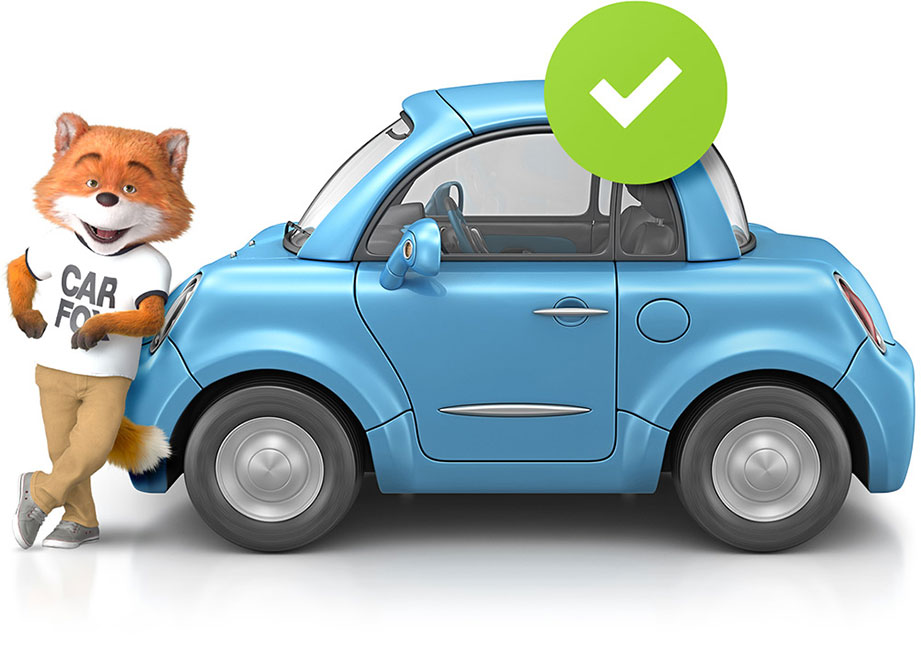Finding the used car that’s right for you takes time, and when you finally find ‘the one,’ it can be tempting to rush through the buying process to get into the driver’s seat as soon as possible. Before you fully commit, there’s one more important step to take – and that’s a pre-purchase inspection (PPI).
Why Getting a Pre-Purchase Inspection (PPI) is Important When Buying a Used Car
-
By CARFAX Canada
- Time to read: 5 minutes
What is a used car pre-purchase inspection?
A PPI is a vehicle inspection performed by a licensed mechanic or auto technician who will give the vehicle a thorough inspection to determine its cosmetic, mechanical and safety condition. The mechanic will pinpoint any existing conditions and highlight potential issues that could arise in the future, and will investigate to make sure any previous damage has been properly repaired. By learning more about what’s happening under the hood, you could end up more confident that you’re making a great purchase, decide that it’s not the right ride for you, or uncover some details to leverage in your price negotiations.
Where can I get a car inspection?
If you’re buying the vehicle from a dealer, you can usually have them conduct the car inspection onsite. They should also be open to you taking the vehicle for an inspection by an independent mechanic. As a consumer, it’s your right to have a PPI, and usually a non-binding offer to purchase and a refundable deposit are considered acceptable pre-conditions to an inspection. If you are getting the inspection done offsite, or you’re dealing with a private seller, ideally you’ll take the vehicle to a mechanic you already have a relationship with. If you don’t have a go-to service centre, you can ask the dealership for recommendations. CAA has a list of preferred partners (and some branches conduct their own inspections) as does the Automobile Protection Agency (APA). The APA also has an inspection form on its website that you can print off and take into the shop.
You can also get in touch with your local Canadian Tire or other auto body shop and they’ll walk you through what you need to know.
What will they check for in a pre-purchase inspection?
Your mechanic will do a safety inspection to check for many things during the PPI. Ideally, you’ll have a CARFAX Canada Vehicle History Report that will alert them to the vehicle’s damage history so they are aware of the areas requiring extra-detailed inspections before they get started. Letting them know where to look will help them determine that any damage in the vehicle’s past has been carefully and thoroughly repaired.
Basic inspections are largely visual, but if you’re looking for a detailed inspection (which is highly recommended) it should include an engine and mechanical system check, putting the car up on a lift and checking for broken/rusted components, leaks and more. It’s also helpful for the mechanic to take the vehicle for a test drive so they can assess its steering, braking and listen for any strange sounds.
What if I find damage during a vehicle inspection?
This depends on whether the damage was disclosed prior to the PPI. A vehicle with damage history can still be a great buy, and can often be your opportunity to get into a more premium model than you would have considered otherwise. The PPI is one way to ensure that previous damage has been properly repaired and the car is safe to drive, and the extent of that damage can be a great negotiation point when you’re talking price with the seller.
However, if the seller indicated there was no damage history and was not willing to prove it with a CARFAX Canada report, you may re-consider doing business with this individual. If they were dishonest about this key piece of information, it’s questionable if you can trust them to legitimately close the deal.
How much does a safety inspection cost, and who usually pays?
While this could be something you negotiate with the seller, typically the buyer will cover the cost of the inspection, which usually ranges from $100-$200. This price can be higher or lower depending on the level of detail with which the inspection is conducted.
I’ve had the vehicle inspection. Now what?
Depending on what you learn from the vehicle inspection and the vehicle history report, it’s now time to decide whether to buy the car. If you feel like it’s the right vehicle for you, go back to the seller to negotiate price. If you’re buying from a dealer they’ll take care of the rest for you, and if you’re buying privately you’ll have to check into the rules and regulations around finalizing a private used car sale in your province.
A pre-purchase safety inspection is the final step in determining if the car you’re considering is the right one for you. By arming yourself with information from a PPI and a CARFAX Canada report, you can be confident about the vehicle’s history, its current state and potentially gain some leverage for your price negotiations.
Take the guesswork out of buying a used car.

Buyers, avoid costly hidden problems. Sellers, build trust and sell quickly.
